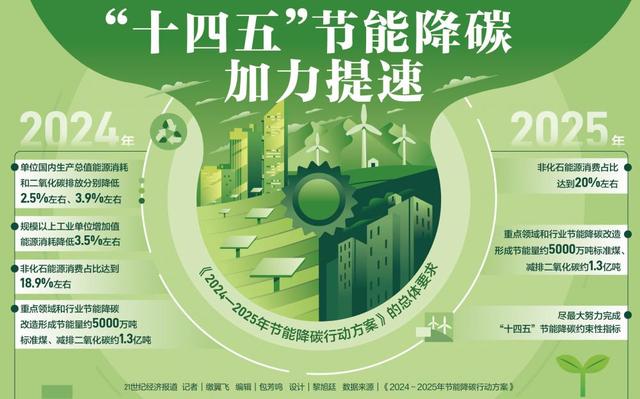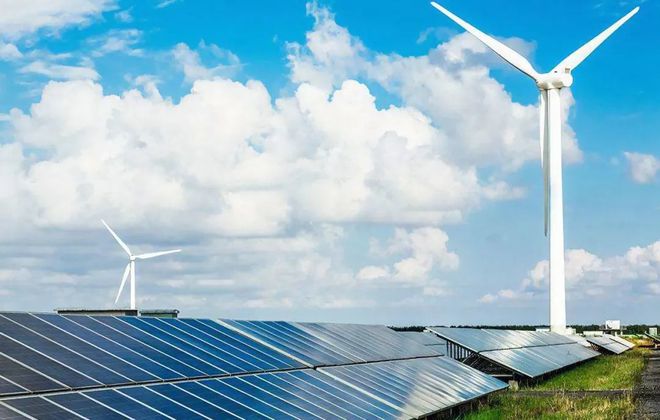国务院关于印发《2024—2025年节能降碳行动方案》的通知
风机传动结构分析简介
风机传动结构分析简介 Abstract This article demonstrates the application of a generic methodology,
Abstract
This article demonstrates the application of a generic methodology, based on the flexible multibodysimulation technique, for the dynamic nalysis of a wind turbine and its drive train, including a gearbox. Theanalysis of the complete wind turbine is limited up to 10 Hz, whereas the study of the drive train includesfrequencies up to 1500 Hz. Both studies include a normal modes analysis. The analysis of the drive trainincludes additionally a response calculation for an excitation from the meshing gears, a Campbell analysisfor the identification of possible resonance behaviour and a simulation of a transient load case, which occursas a sudden torque variation caused by a disturbance in the electrical grid.
1 Introduction
During the last decades, the interest for using renewable energy sources for electricity generation increased [1].One of its results is a boom in the wind turbine industry since ten years. Figure 1 shows how the global installedwind power capacity reached 59.3 GW at the end of 2005, of which about 20% had been installedin that year. This rapid growth is expected to continue in the coming years and to drive new technological improvements to further increase the capacity and reduce the cost of wind turbines.In their design calculations, the wind turbine manufacturers use dedicated software codes to simulate theload levels and variations on all components in their machines. Peeters [3] gives an overview of the existingtraditional simulation codes. He concludes that the concept of the structural model of a wind turbine in allthese codes is more or less similar and that the behaviour of the complete drive train (from rotor hub to generator)is typically represented by only one degree of freedom (DOF)。 This DOF represents the rotation of thegenerator and, consequently, the torsion in the drive train. Peeters describes additionally the consequencesof using this limited structural model for the simulation of drive train loads. The output of the traditionalsimulations lacks insight in the dynamic behaviour of the internal drive train components. De Vries [4] alsoraises the lack of insight in local loads and stresses in a drive train and the insufficient understanding of thedesign loads. He relates furthermore a series of gearbox failures in wind turbines to these consequencesof simulating with a limited structural model. More insight can be gained from a more detailed simulationapproach. Peeters [3] presents a generic methodology for this, which is based on three multibody system(MBS) modelling approaches.
-
明阳风电发生风机倒塌事故 一死三伤2024-08-16
-
英国风能发电量创新高2024-08-16
-
合肥首个风能发电项目获核准2024-08-16
-
中国每年闲置的新风机容量仍以千万千瓦计2024-08-16
-
歌美飒与河北建投达成15万千瓦风机采购意向2024-08-16
-
到海外的海上去——中国风机制造商且行且稳重2024-08-16
-
明阳云南基地将建成国内高原型风机综合服务基地2024-08-16
-
韩文科:发展太阳能及风能发电并网2024-08-16
-
国内首支68米长6兆瓦风机叶片在连云港下线2024-08-16
-
我国风机出口近200万千瓦 新兴市场潜力巨大2024-08-16
-
风力发电机组风机叶片涂料的研究2018-09-04
-
风机叶片各年受损状况分析2018-09-04
-
苏格兰风能发电站出新招 将漂浮大海上2018-09-04
-
风能发电机有哪几类2018-09-04
-
SWITCH变流器在兆瓦级直驱型风机中的应用2018-09-04


